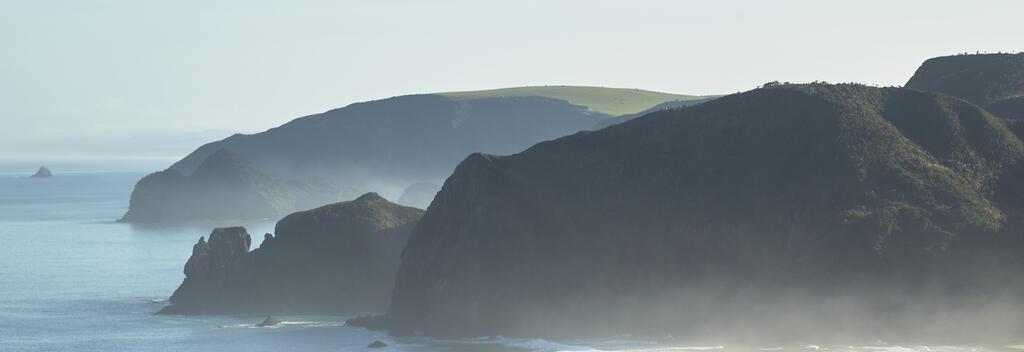

'Our Flag Means Death' Season 2 was filmed in some of Aotearoa New Zealand’s most iconic locations. After all, if anyone knows where to find an island paradise, it’s a pirate.
Notice: Te Henga Walkway (Bethell's Beach) is closed until further notice due to landslides. Te Henga (Bethell's Beach) remains open. For more information, visit the Department of Conservation(opens in new window).
When selecting a filming location for a TV series about pirates, you need two things: plenty of ocean and a wide variety of spectacular, untouched scenery – all within driving distance. Qualities that made the upper North Island the perfect choice for season 2 of ‘Our Flag Means Death,’ an HBO Max comedy about the misadventures of gentleman pirate Stede Bonnet (Rhys Darby) and the infamous Blackbeard (Taika Waititi – who also stars in a new film promoting tourism in New Zealand). Here’s some of the show’s top filming locations and why you should visit them.
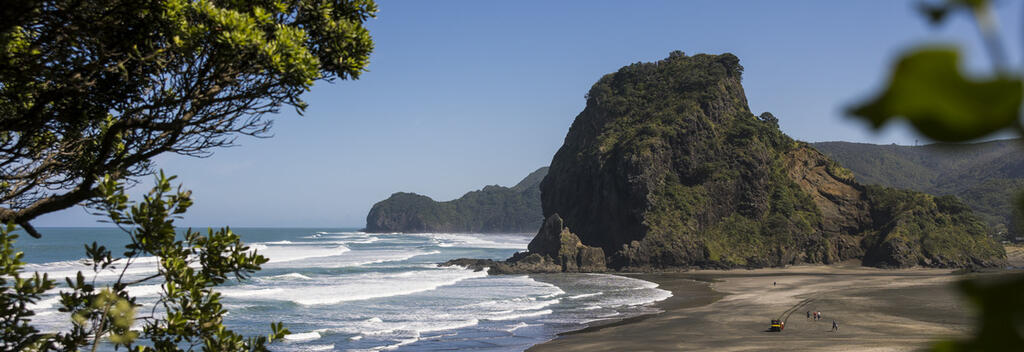
When people hear the word beach, they generally imagine white sand, lapping waves, and a gentle sea breeze. Piha Beach, located on the west coast, is spectacular for being exactly the opposite. It is an area of outstanding natural beauty, famous for its volcanic black sand, rugged cliffs and headlands, and the dark unpredictable waters of the Tasman Sea. It is popular with everyone, from surfers and casual day walkers to beach lovers who just want to hang out at one of New Zealand’s hippest beaches.
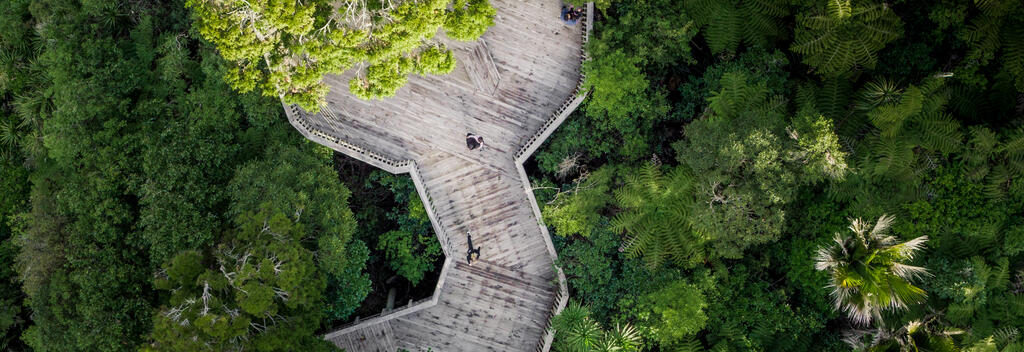

For a dose of nature’s finest, visit the Waitakere Ranges. The park is only the size of San Francisco, but its scenery is surprisingly varied. Here you’ll find spectacular rainforest, coastal areas, wetlands, and rare species of native birds, such as the New Zealand Dotterel and the North Island Fernbird. It is also home to the Whatipū Scientific Reserve(opens in new window), a protected area along the coastline that's known for its distinctive limestone caves and sinkholes.
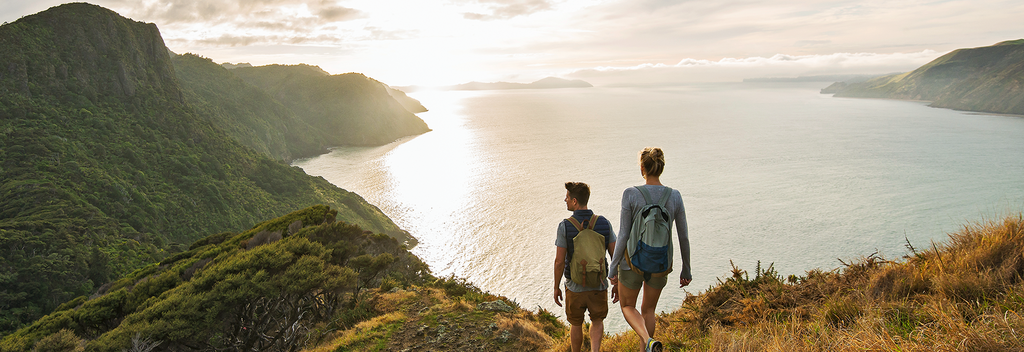

The Mercer Bay Loop(opens in new window) track might only take three hours, but the landscape is so varied you’ll feel like you’ve had good value, scenery-wise, for your short investment of time. The coastal walk goes along the coast of the Waitakere Ranges, beginning in Piha and ending at the Te Ahua headland, the site of a historic Māori pā (fortified village). Along the way you’ll have views of the ocean, steep cliffs, and native forests of kauri, rimu, and totara – and, in summer, wildflowers. Other highlights include Karekare Beach and Kitekite Falls.
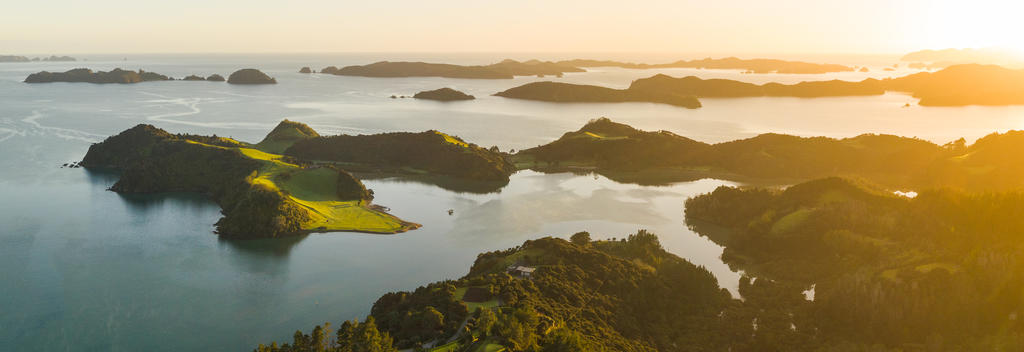

Sleepy towns lead to remote untamed beaches, overlooking a bay of eye-pleasing islands and deep-blue tropical waters. Welcome to the Bay of Islands, New Zealand’s marine paradise! The region is home to the Poor Knights Marine Reserve, a renowned diving spot and favourite of explorer Jacques Cousteau, and Rikoriko Cave, the world’s largest sea cave. It is also a mecca for every type of water sport imaginable, including sailing, fishing, diving, kayaking, paddleboarding – and the rest.
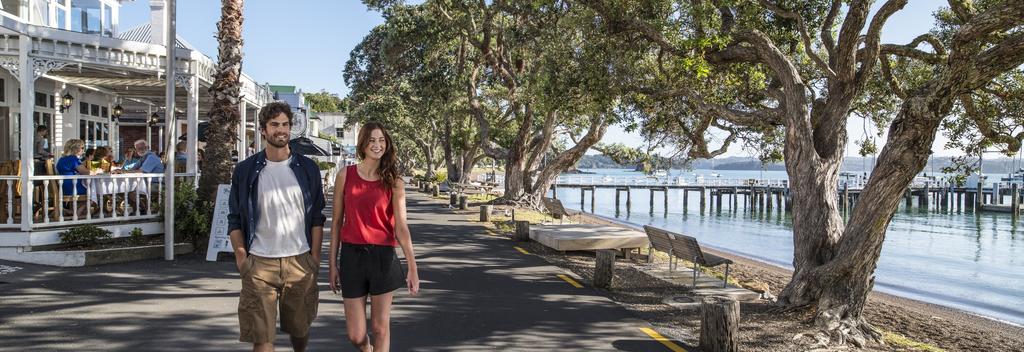

Aside from water sports, Paihia, a small town in the Bay of Islands, offers plenty of other natural and cultural attractions. The Waitangi Treaty Grounds is a must for anyone wanting to hear about the signing of New Zealand’s founding document, the Treaty of Waitangi (Te Tiriti o Waitangi), signed between the British Crown and Māori in 1840. From here, you can travel to the small island of Motukōkako, just off the Cape Brett Peninsula. This is the first landing place of Tūnui-ā-rangi – one of the waka (canoes) that brought the first Māori to New Zealand. It is also the site of Hole in the Rock, an ocean-carved hole that is popular with locals and tourists alike. Other highlights in the region, include Urupukapuka Island and the picturesque Haruru Falls.
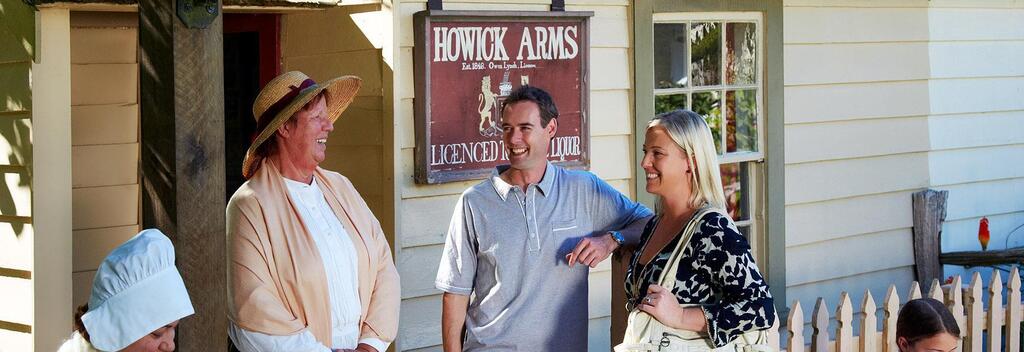
Visit Howick Historical Village to see what life was like for early European settlers between 1840 and 1880. Guides dressed in period clothing will show you around 30 original and replica buildings, including a schoolhouse, church, blacksmith's forge, and general store. There are also interactive exhibits showcasing aspects of daily life, from domestic chores to traditional trades, such as blacksmithing and woodturning.
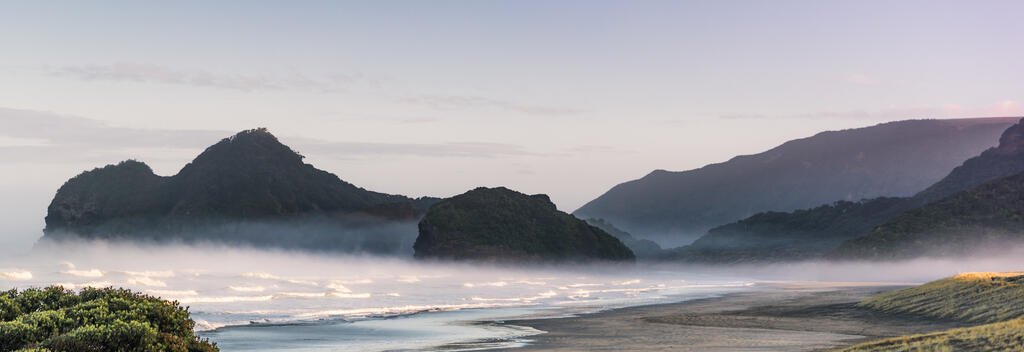

When Karen Walker, one of the country’s preeminent fashion designers, calls Te Henga (Bethell’s Beach) the most astonishing beachscape she can name, you know it is worth a visit. The combination of dramatic hills overlooking a beach of crashing waves and dark sand is spectacular. In fact, it’s the black volcanic sand that gives the beach its name, "Te Henga," which means “the sand” in te reo Māori.
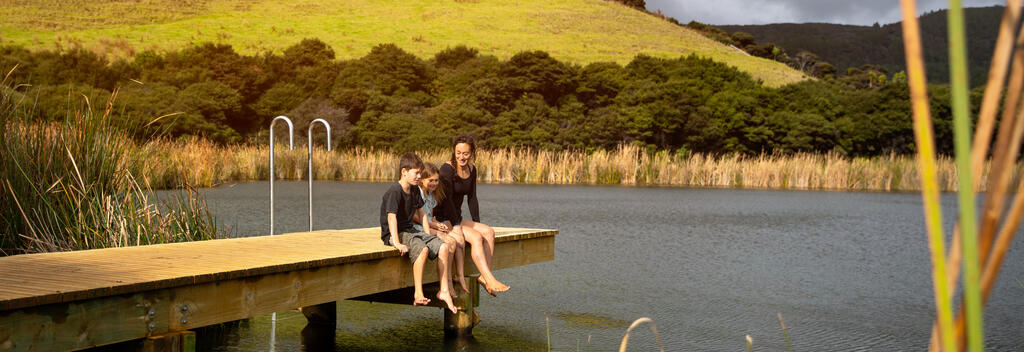

Roughly two kilometres inland from Te Henga (Bethell’s Beach) is Lake Wainamu. This lake is unusual because it has been formed by large sand dunes, created by sand blowing in from the coast. Often, these dunes get more attention that the lake, attracting grinning sandboarders and armies of small children carrying buckets and spades.